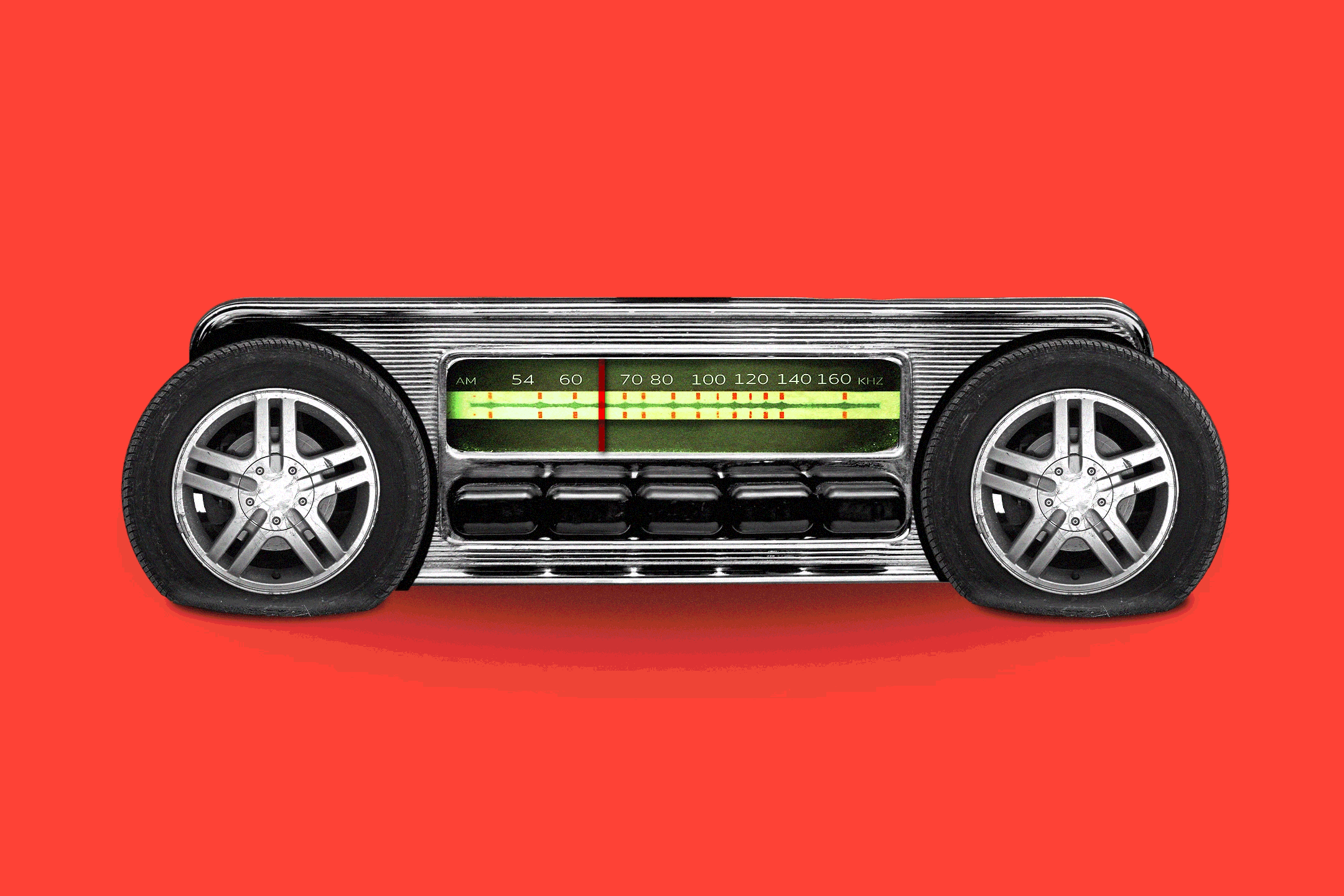Surfing the Airwaves : Ham Radio Operators Talk to the World With a Mike, Not a Keyboard
- Share via
NORTHRIDGE — Phineas Icenbice has been around the world many times. Postcards from all the exotic places he’s visited are neatly arranged on his den walls and organized in binders. Through his adventures, he has met physics professors, eye doctors, mule ranchers, missionaries and maybe even a KGB spy.
Sound familiar? Guess again. Icenbice is not, we repeat, not on the Internet.
True, Icenbice has done all this from the comfort of his Northridge home. But unlike others who keyboard through cyberspace, Icenbice does his travels the old-fashioned way--he hams it up as an amateur radio operator.
“You can get a real education on the radio,” says Icenbice, the 73-year-old Los Angeles County section manager for the American Radio Relay League. “I got my license in 1938, because, well, I like to talk.”
A lot of talkers are out surfing the airwaves these days. Despite the focus lately on computer contact, many still find the human voice connection more intimate and satisfying.
“Radio interest has been increasing over the years,” says Jennifer Hagy of the Radio Relay League. More than 630,000 operators are licensed in the United States, compared with 410,000 a decade ago, and membership is growing. An estimated 62,000 operators in Southern California, in addition to fulfilling their need for lively and stimulating conversation, keep the airwaves crackling with communication in times of emergencies. After the Northridge earthquake, for example, Icenbice and his emergency teams assisted local officials by coordinating food distribution and housing.
“People get their amateur license for many different reasons,” says Irv Slitzky, president of the San Fernando Valley Amateur Radio Club.
Some want a cheaper way to keep in touch with loved ones who are far away; others enjoy assisting in disasters and special events, he says. The more competitive hams join contests to see who can make the most radio contacts. Postcards, such as Icenbice’s, are confirmation of such a contact.
Glen Roe, 52, of Encino, describes the first time he made a radio contact. “A switch turned on inside of me, and boom, I was hooked,” he recalls. Initially, he became involved with hamming because he wanted something to do during his daily commute.
Using his small hand-held radio, Roe likes to keep up with his friends during traffic jams and find out what’s on the dinner menu at home. “With radio, I never have to worry about being out of range,” he says.
Learning Morse code is a major requirement for any ham radio license, and most hams welcome the challenge. In fact, they’re always trying to improve their speed.
“I am a Morse code addict,” confesses Ginger Franzen, a 46-year-old Chatsworth accountant who codes at the expert level--20 words per minute--even though she has been hamming only two years. “After a hard day’s work, I like to talk to people all around the world. It’s very relaxing,” she says.
Franzen represents a growing number of women in the hobby: About 13% of licensed hams are women, according to an informal survey by the Radio Relay League. “It used to be women got interested in hamming because of their husbands,” Franzen says. “But now I’ve met lots of women who seek it out themselves.”
Morse code doesn’t come easily for some people, like 11-year-old Sylmar ham John Slosburg, who was 7 at the time he wanted his license. It took him eight months and 16 attempts to finally pass his novice exam. His father, Jim Slosburg, a 50-year-old retired electronics technician, understood his son’s desire to be a ham, and even created an unusual method of teaching him code.
“When we held hands, we squeezed them like dots and dashes, to make words,” he recalls. “We were all so excited when he passed.”
Encino ham Bob Karon understands that kind of excitement. For the past four years, Karon, 54, has voluntarily taught ham radio classes at grade schools and middle schools throughout the Valley. ‘With ham radio, you learn physics, geography, history, meteorology, sociology--just about everything,” he says.
Karon, a classical trumpet player, is impressed with each class he teaches. “Kids get so much self-satisfaction when they’ve made a contact or grasped a theory,” he says. “I can’t think of a better way to empower kids and introduce them to the great big world around us.”
More to Read
Sign up for The Wild
We’ll help you find the best places to hike, bike and run, as well as the perfect silent spots for meditation and yoga.
You may occasionally receive promotional content from the Los Angeles Times.






